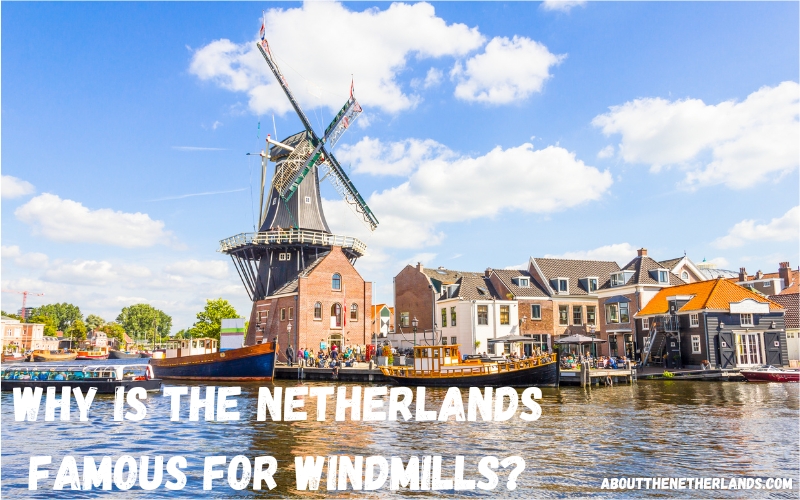

The Netherlands or Holland is hard to imagine without its famous windmills. Windmills are everywhere in this country, and they attract many tourists from all over the world.
But why are there so many windmills in the Netherlands, and why have they become such an iconic symbol of the country? Let’s find out.
The Dutch have a history of battling water. Because much of The Netherlands is below sea level, keeping the water out takes a lot of effort.
Windmills play a major role in keeping this land dry and the water out. That is exactly why The Netherlands has so many of them, as there is simply a lot of water to be moved to keep important parts of the country out of harm’s way.
Compared to its neighboring countries, The Netherlands is situated incredibly low and faces these struggles the most. This is why there are thousands of windmills in The Netherlands, much more than its neighbors. Due to this incredible surplus of windmills, they have become an iconic symbol of the country, which is why The Netherlands is famous for windmills.
The combination of these beautiful old windmills in the Dutch landscape, along with their history, technology, and importance, attracts millions of tourists to The Netherlands annually.
The windmills The Netherlands is famous for are best seen in the Dutch provinces of Noord-Holland and Zuid-Holland. For example, it is even possible to see windmills in Amsterdam.

Windmills have many different uses, from fighting the water to grinding grain and everything in between. The Netherlands has plenty of windmills, and all of them were built with a specific purpose in mind.
Let’s continue by taking a look at the many applications that windmills have to offer in The Netherlands.
Reclaiming land:
This one may sound a little surprising, as how can land be reclaimed? But the Dutch have come to master this art over the years, and it all started with windmills.
Land can be reclaimed by pumping out significant amounts of water from a certain body of water. Once you’re done, you are left with a strip of usable land for a variety of purposes.
Windmills can be attached to a large rotating wheel of scoops, and by placing several windmills in a row, entire lakes can be pumped empty. Many parts of The Netherlands that used to be underwater have been reclaimed with the help of windmills.
Safekeeping of farmland:
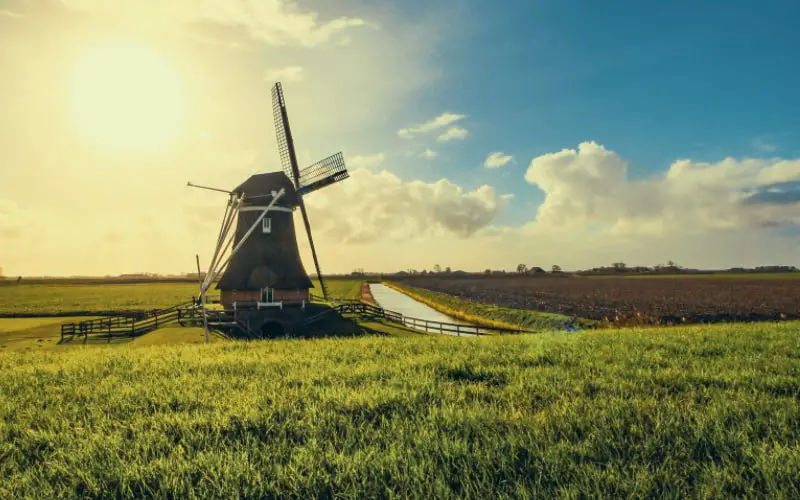
Let’s start by elaborating further on the application we already briefly reviewed earlier, the safekeeping of important farmland.
The Netherlands is a country troubled by water, and with most of the country being situated below sea level, the Dutch are no strangers to the occasional flood. This flooding, however, can become very problematic when it comes to farming, as one flood can ruin the harvest for an entire year.
The Dutch therefore set to work to find efficient ways to battle this water. They came up with two clever solutions: dikes to keep the water out and windmills to pump back any water that does make its way into the farmland.
Using large rotating wheels with scoops attached to them, water can be pushed from the farmland back into the large river, therefore protecting the harvest for years to come! This specific purpose is why most windmills in The Netherlands have been built.
Irrigating farmland:
Besides this, windmills are also used to irrigate the farmlands, making them double useful when it comes to agriculture!
Attaching the windmill to an irrigation system of pipes through the farmland can be used as a pump to transport water from the nearby rivers into a controlled irrigation system.
This way, an entire field of crops can be watered without any human intervention, which is, of course, great for the productivity of the farmland.
Processing of herbs and spices:
Windmills also have plenty of uses outside of agriculture, such as the processing of herbs and spices for example.
Products like cacao, tobacco, or other spices can be processed using a windmill. Using the wind's power, a large grinding wheel is turned inside the mill.
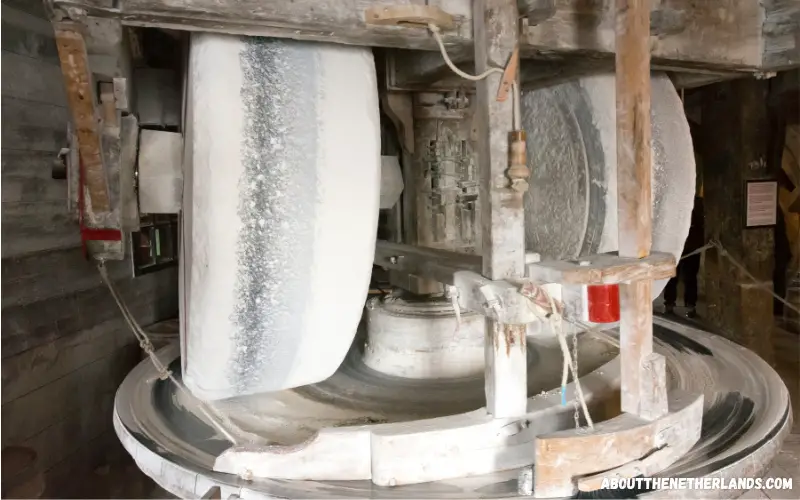
The herbs to be processed are then placed under this wheel, and just like that, the herbs and spices are processed down into more manageable powders. These powders can then be sold directly or be processed further into products like cigarettes or chocolate bars, all thanks to windmills!
Milling grain:
Besides herbs and spices, this grinding capability of windmills is also used to mill grain in order to make bread.
This is why a windmill was often accompanied by a large bakery in the early days, as the grain milling and baking of the bread could then be done in one convenient place.
Manufacturing and processing of paints and dyes:
It may surprise you, but the uses of windmills don’t stop there. Windmills can also be used in the creation process of various paints and dyes.
It can be used to mix large quantities of paint to obtain a desired color, or it can grind down the individual ingredients into a manageable powder form that can then be turned into bottled paint.
Processing and working of wood:
A windmill is also used by many carpenters to form a wind-powered drill/saw combination. By attaching different drill bits to a rotating wheel, a carpenter is able to harvest the wind's energy and convert it into a useful woodworking tool.
By slightly rearranging the windmill's layout, a saw can also be powered by the wind, saving a carpenter a lot of manual labor and allowing them to focus on the details of their creations.
Generation of electricity:
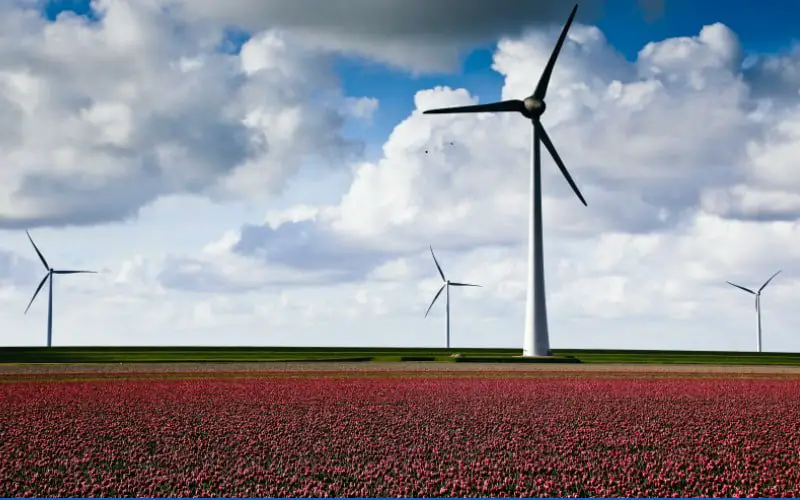
Furthermore, we have a very common application of windmills in today's day and age, and that is, of course, generating electricity.
I am, of course, talking about modern windmills, as you can also see in the picture.
By using dynamos, a windmill can turn wind energy into electrical energy, which is a great way to generate a significant amount of electricity in an environmentally friendly way.
We have now seen plenty of uses for windmills in the Dutch landscape, but some of these applications sound pretty old-fashioned.
This raises the question, are windmills still used in the Netherlands? Or are they simply tourist attractions? Let's take a closer look.
Yes, windmills are still definitely in use in The Netherlands, albeit mostly for symbolic craftsmanship. There are still carpenters and bakeries that take pride in using a windmill to make their products, but this is no longer the industry standard in the 21st century.
This is because technological advancements have removed the need for wind-powered machinery, as electrical machinery is far more advanced and easy to use.
When it comes to the safekeeping of farmland, the traditional windmill is now no longer in use in The Netherlands. Nowadays, they have sadly been replaced by large electrically powered machines that do a significantly better job at keeping the water out.
In today's labor market, windmills are no longer the most cost-efficient way of machining, as a windmill takes several people to operate safely, while an electrical machine requires none. This makes the use of windmills for things like baking or grinding simply redundant.
Therefore the daily use of the windmill has naturally disappeared from life as we know it.
However, in the field of electrical power, windmills still have a potent job in the Netherlands. The Dutch do a significant amount when it comes to generating electricity using the wind, as several large windmill parks are located outside the Dutch coast and in the Dutch countryside.
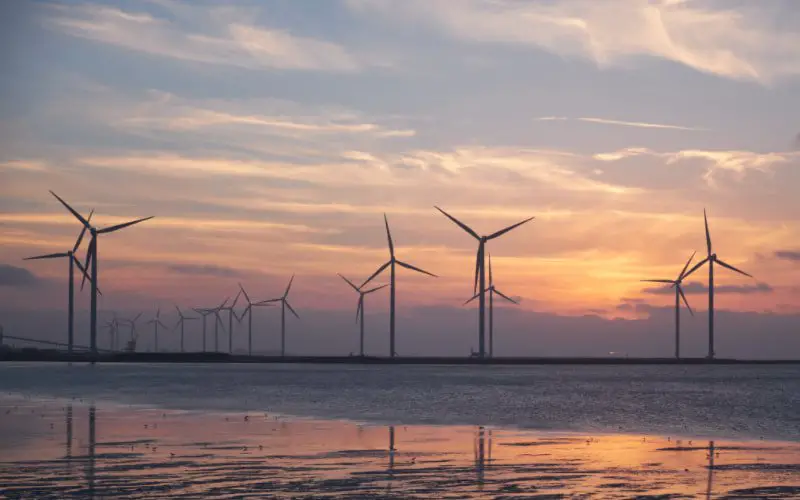
The windmills used for this, however, look nothing like the aesthetically pleasing, old-fashioned windmills that The Netherlands is famous for.
The fact that most windmills in The Netherlands are no longer used for their original purpose does not mean they are no longer there, though.
The Netherlands is still littered with windmills, many of which are actually still operated, just without a purpose. This may sound weird and economically inefficient, but these windmills supply a significant part of Dutch tourism.
Many of them have even been turned into museums, and by keeping them running, this beautiful piece of Dutch culture can live on for the foreseeable future.
One of the most famous places where windmills serve as museums today is the Zaanse Schans. Here you can see several old-fashioned mills at work, inside and out.
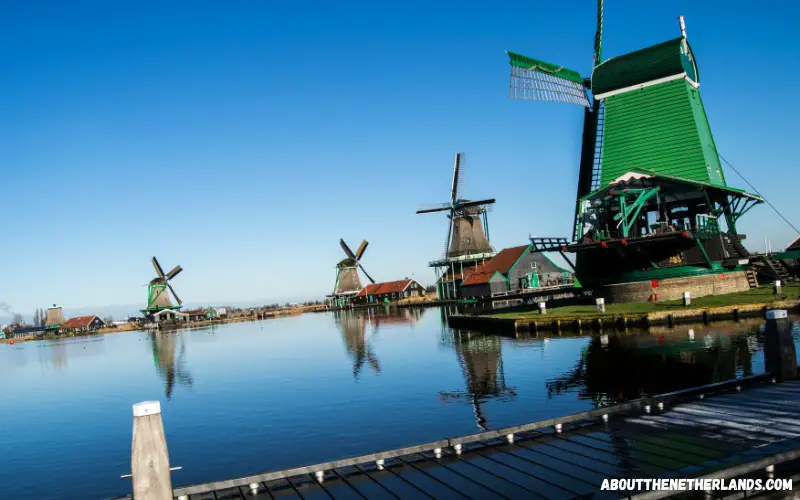
This makes the windmills at Zaanse Schans among the most famous windmills in The Netherlands.
All in all, we have seen that windmills used to be a potent part of Dutch day-to-day life, which is why their abundance has caused them to be part of Dutch culture.
Windmills were used for all kinds of things, but today their use is sadly limited to museum exhibits and the occasional specialty craftsman.
No need to worry, though. There is no lack of windmills to enjoy for tourists in The Netherlands, and visiting one is well worth your time.
If you would like to know even more about windmills in The Netherlands, make sure to read my article with facts about Dutch windmills!